These 10 South African Animal Species Are Under Threat
18:21 28.10.2023 (Updated: 18:29 28.10.2023)
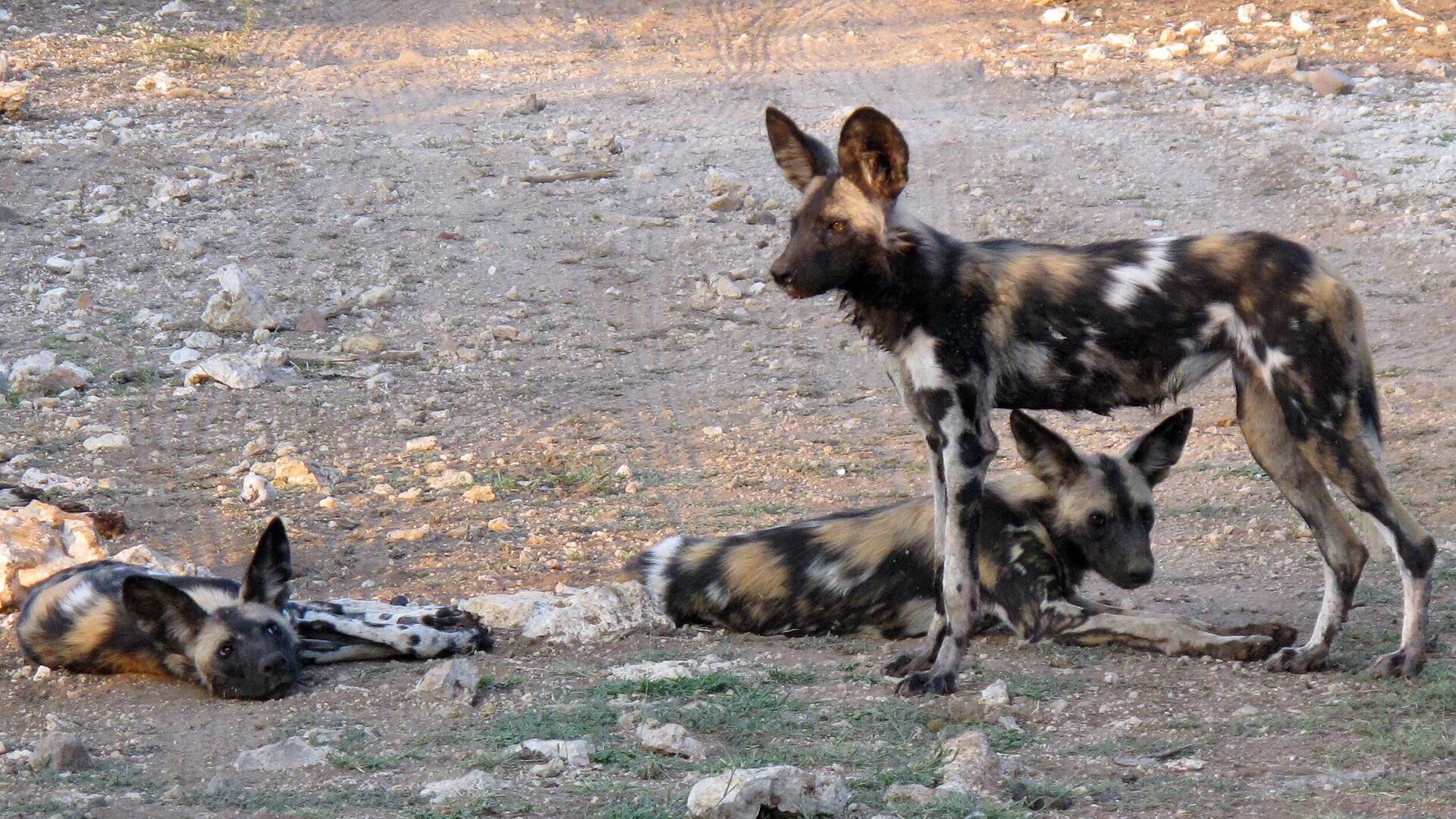
© AP Photo / Christopher Torchia
Subscribe
Africa, a continent celebrated for its diverse wildlife, is experiencing a worrying decline in the populations of several unique species. The International Union for the Conservation of Nature (IUCN) has included these species on its Red List, a global inventory of threatened species.
According to the IUCN, the number of species listed as critically endangered, endangered, or vulnerable – collectively referred to as "threatened" – changes over time due to a number of factors, including new assessments, reassessments, and taxonomic revisions.
In Africa, a significant number of species are threatened. For example, 41% of amphibians and 37% of sharks, rays and chimeras are threatened.
In South Africa in particular, the situation is equally worrying. According to the Endangered Wildlife Trust's red data list of South African mammals, 17% are considered critically endangered and 10% are near threatened. In terms of bird species, Birdlife SA's research shows that 132 threatened species are listed as regionally threatened.
Here are 10 endangered and vulnerable animals that call South Africa home.
Pickergill's Reedfrog
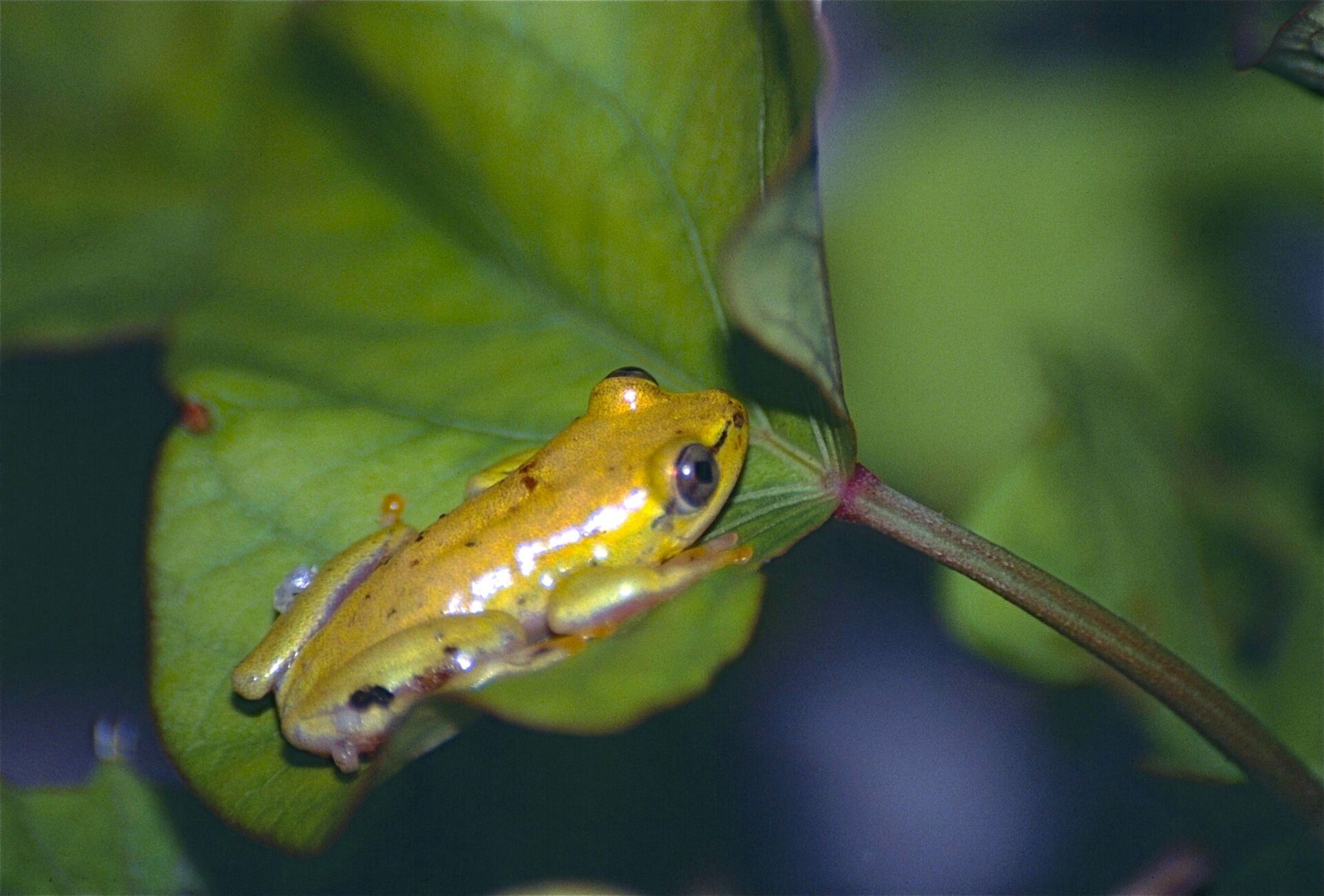
Pickergill's Reedfrog
© Photo Bernard DUPON
The Pickergill's Reedfrog, a minuscule amphibian found exclusively along the KwaZulu-Natal coastline, is teetering on the brink of extinction. Despite its petite size of only 3 cm, this fascinating creature warrants our attention and concern once we become aware of its existence.
The survival of the Pickergill's Reedfrog faces significant challenges, including coastal development, habitat fragmentation, and water drainage for agricultural and urban development. Current conservation efforts include the protection of two of its wetland habitats and South Africa's first captive breeding project for an endangered amphibian species.
Cape Vulture
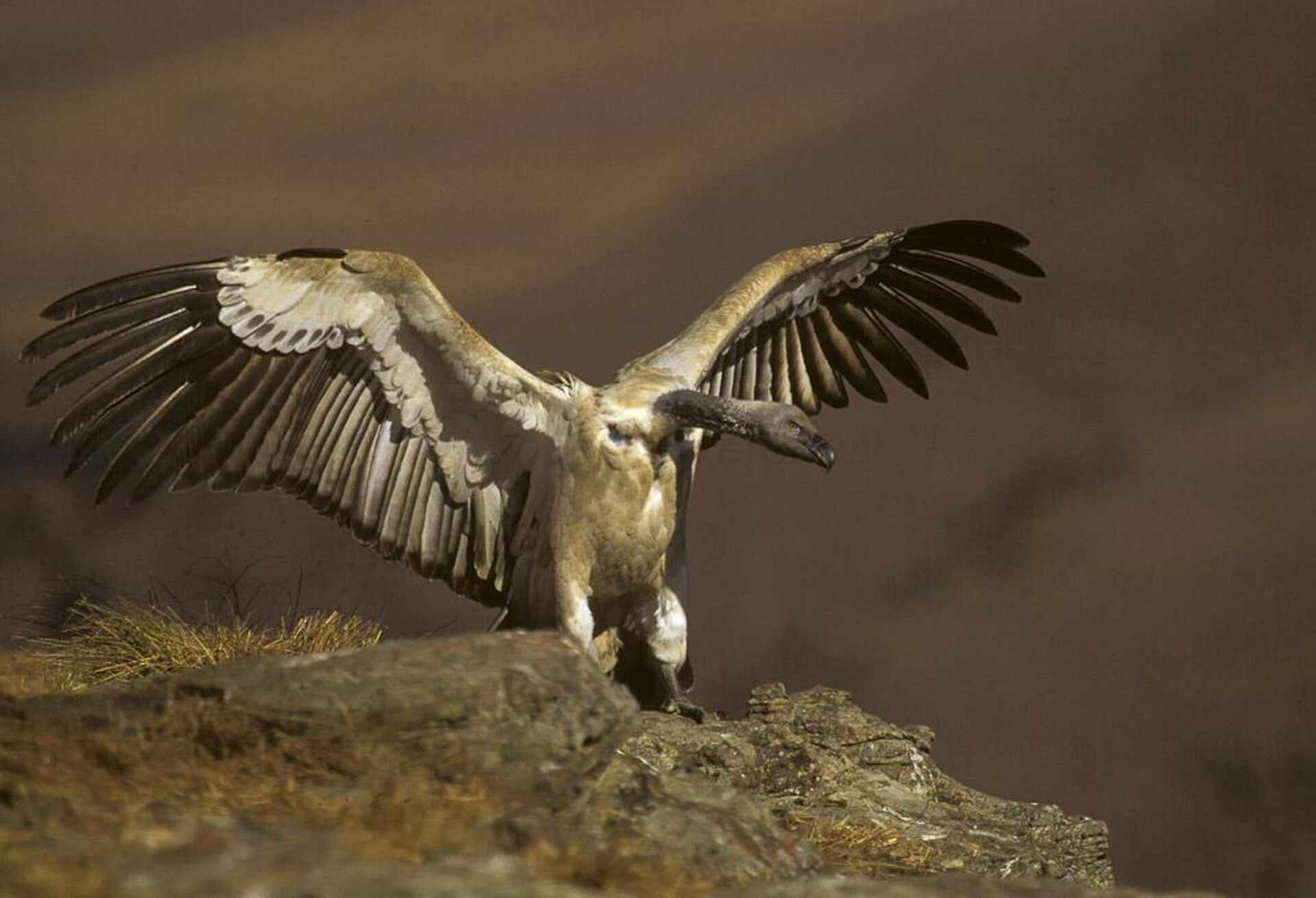
Cape Vulture
© Photo Francesco Veronesi
This scavenger bird, found only in Southern Africa, is classified as endangered on the IUCN Red List of Threatened Species. By feeding on carcasses, the vulturese prevent the spread of disease in the animal kingdom.
Major threats include habitat loss, electrocution from power poles or collisions with cables, and accidental poisoning. Current conservation efforts include VulPro, one of the country's leading Cape vulture conservation organizations.
Cheetah
Known for their remarkable speed, cheetahs are undeniably captivating creatures. These majestic animals, adorned with striking dark tearstains and a pattern of perfectly arranged spots, have been immortalized in countless stunning wildlife photographs. Despite their beauty, cheetahs face several significant threats to their survival.
Listed as vulnerable by the IUCN, the main threats they face include conflict with human predators and habitat loss. Current conservation efforts include Cheetah Outreach in Somerset West and the Cheetah Conservation Fund in Namibia.
African Wild Dog

In this picture taken on Saturday, Feb. 20, 2016, African wild dogs are seen at private game lodge in Limpopo-Lipadi, Botswana.
© AP Photo / Christopher Torchia
The African Wild Dog, also referred to as the Painted Dog, is a species that faces the threat of endangerment primarily due to human persecution. Unfortunately, there has been a long-standing negative misconception surrounding this remarkable animal.
One of the most brutal and devastating methods used in the killing of African Wild Dogs is violent snaring. This cruel practice occurs all too frequently in the wildernesses of South Africa. These snares are set to trap and harm the dogs, resulting in immense suffering and often leading to fatalities.
Current conservation efforts include many conservation organizations spread out around Africa that are working hard to protect the African wild dog in its natural habitat.
Blue Crane
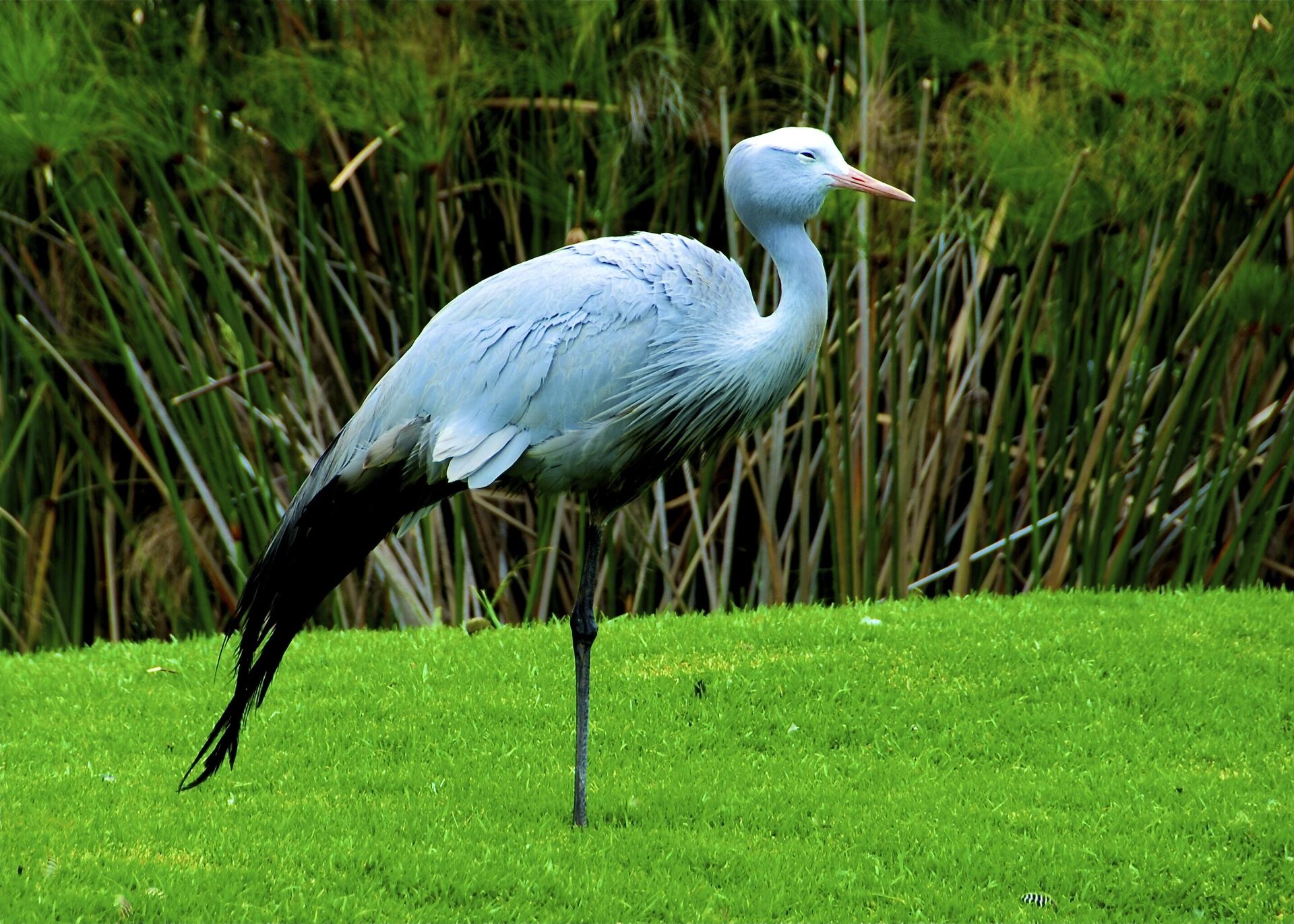
Blue Crane
© Photo slack12
South Africa’s national bird is vulnerable. They are mostly found in the Western Cape and have a blind spot in their vision, causing them to collide with power lines.
Major threats include habitat loss, collision with electric wires, and poisoning. The Endangered Wildlife Trust has an active African crane conservation program that aims to lessen these threats.
Riverine Rabbit
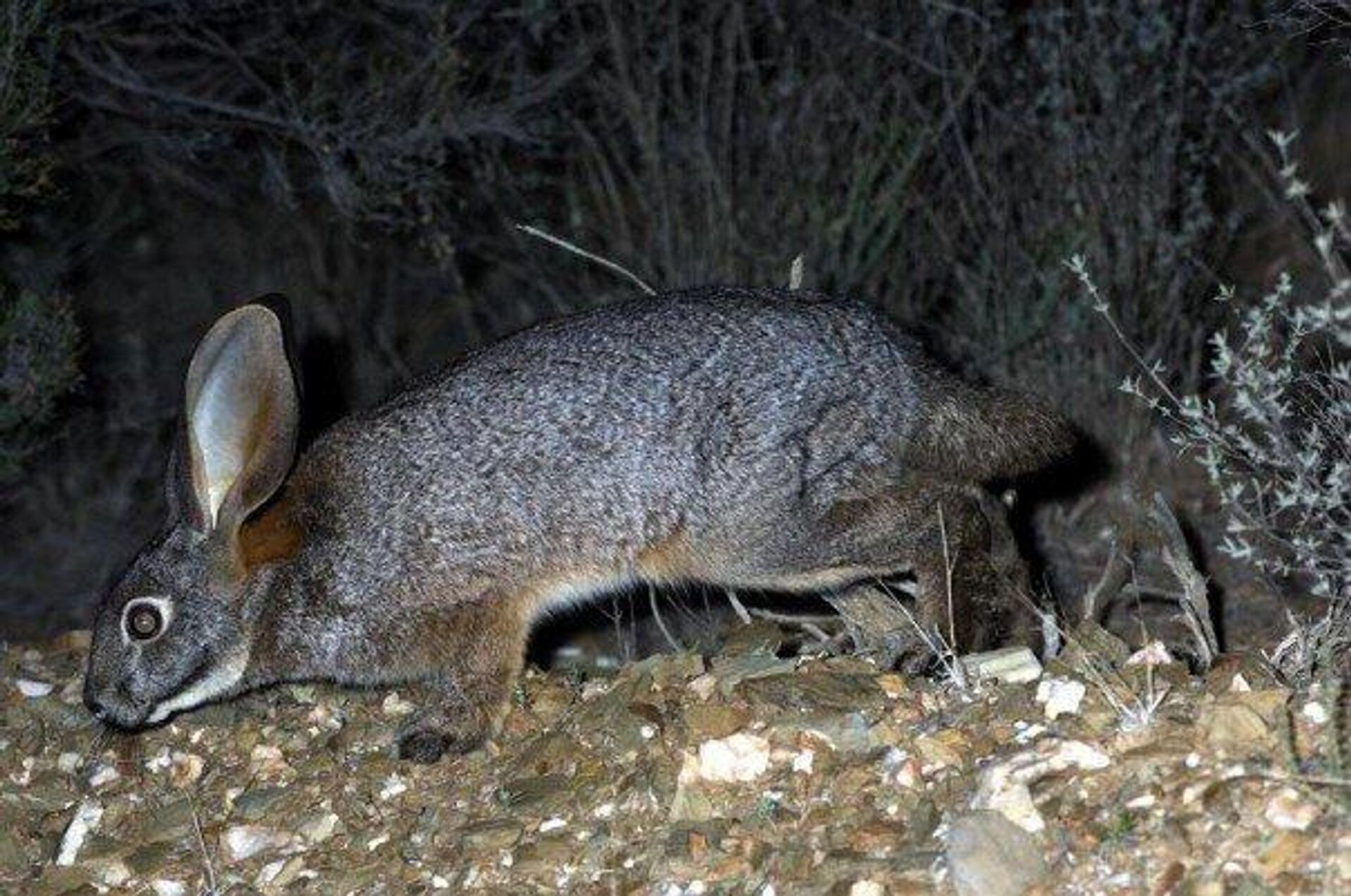
Riverine Rabbit
© Photo Tony Camacho
Riverine Rabbit or Karoo Scrub Hare, a nocturnal rabbit species endemic to the Karoo region, holds the unfortunate title of being the most endangered mammal in South Africa.
Its critically endangered status is primarily attributed to habitat loss resulting from agricultural practices such as cultivation and cattle ranching.
The Endangered Wildlife Trust runs a river rabbit conservation program that encourages private landowners to participate in conservation efforts.
Knysna Seahorse
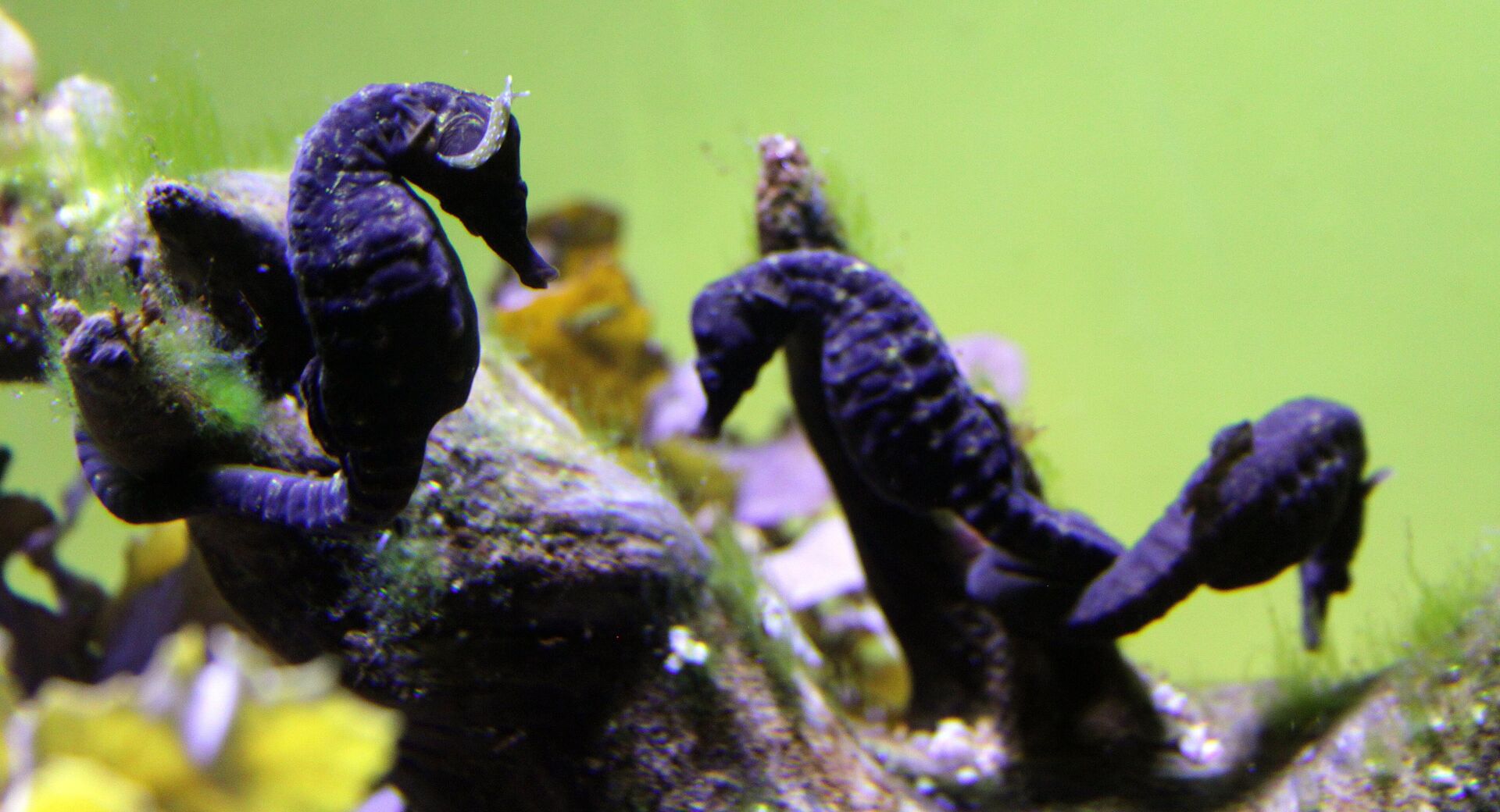
Knysna Seahorse
© Photo flowcomm
This delicate creature is endangered and occurs naturally in three estuaries: Knysna, Swartvlei, and Keurbooms.
Major threats include habitat loss due to industrial developments and urban expansion. SANParks and the Knysna Basin Project are working to restrict further urban development around the Knysna estuary.
Golden Mole
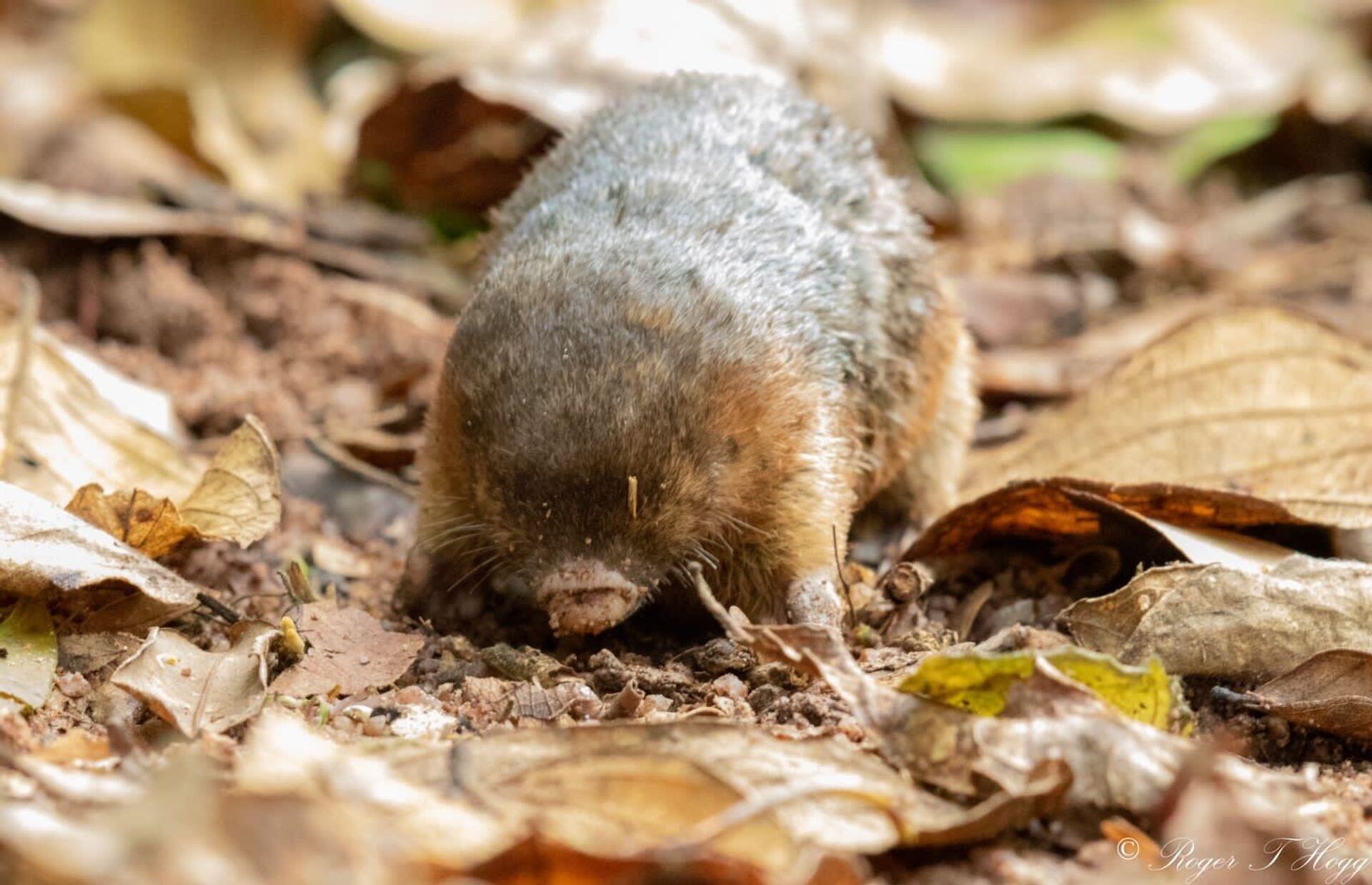
Hottentot Golden Mole (Amblysomus hottentotus), photographed in the Palmiet Nature Reserve, Palmiet Catchment, Pinetown, eThekwini, Kwa Zulu Natal and Lesotho, South Africa East Coast)
© Photo suncana
Juliana's golden moles, these small underground dwellers, are facing a critical endangered status primarily as a result of the development of South Africa's grasslands for mining and agriculture.
The expansion of these industries encroaches upon and destroys their natural habitat, posing a severe threat to their survival. To protect Juliana's golden moles, conservation efforts have been implemented in specific areas.
Currently, they are protected in the southwestern region of Kruger National Park, located in Mpumalanga, as well as in the Nylsvley Nature Reserve situated in the Northern Province. These protected areas serve as important refuges, providing suitable habitats for the golden moles and promoting their conservation.
Yellow-breasted Pipit

Yellow-breasted Pipit
© Photo Wikimedia Commons
These birds are vulnerable species that predominantly inhabit the highland grasslands of the Drakensberg. These avian species face significant threats, primarily due to habitat loss caused by commercial livestock farming practices.
The Natal DrTo protect these birds, initiatives have been taken to establish safe havens within their range. The Natal Drakensberg Park, along with other nature reserves, provides a sanctuary for yellow-breasted pipit, offering protected areas where they can thrive and breed without disturbance.
Oribi

Oribi
© Photo Noel Reynolds
While the oribi may not be very endangered on an international scale, it’s actually one of the most endangered antelopes in the South African plains. It’s a specialist grazer, making it incredibly vulnerable to habitat loss.
Major threats include habitat loss and illegal hunting (poaching). Current conservation efforts include an illegal hunting forum to assist with illegal hunting and poaching issues, and an Oribi Working Group within the Endangered Wildlife Trust focusing on their specific habitats and conservation.
These species are a crucial part of South Africa’s rich biodiversity. Their survival is not just about preserving biodiversity; it’s about maintaining the balance of the African continent's ecosystems. It’s time we take action and contribute to their conservation.


